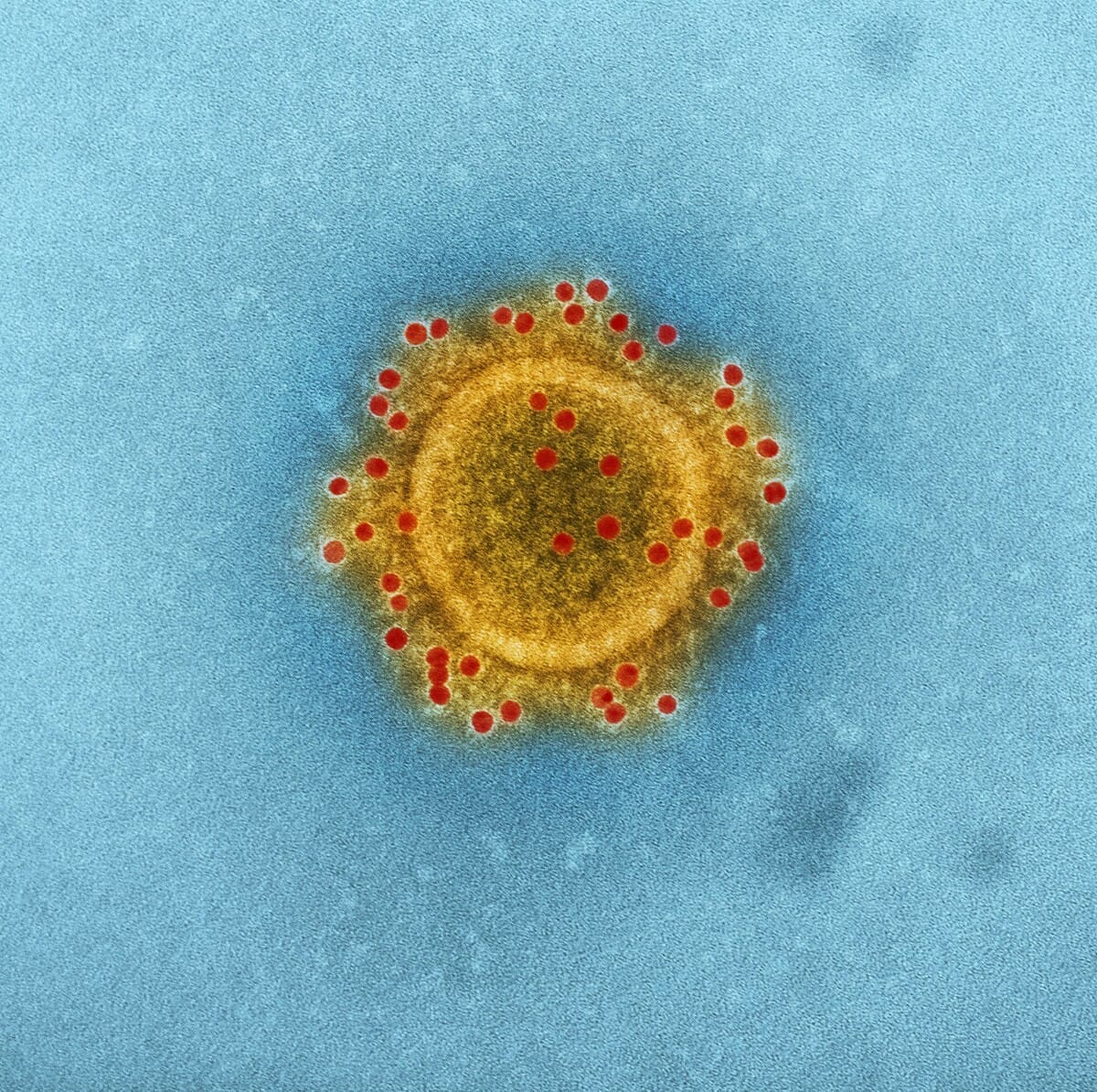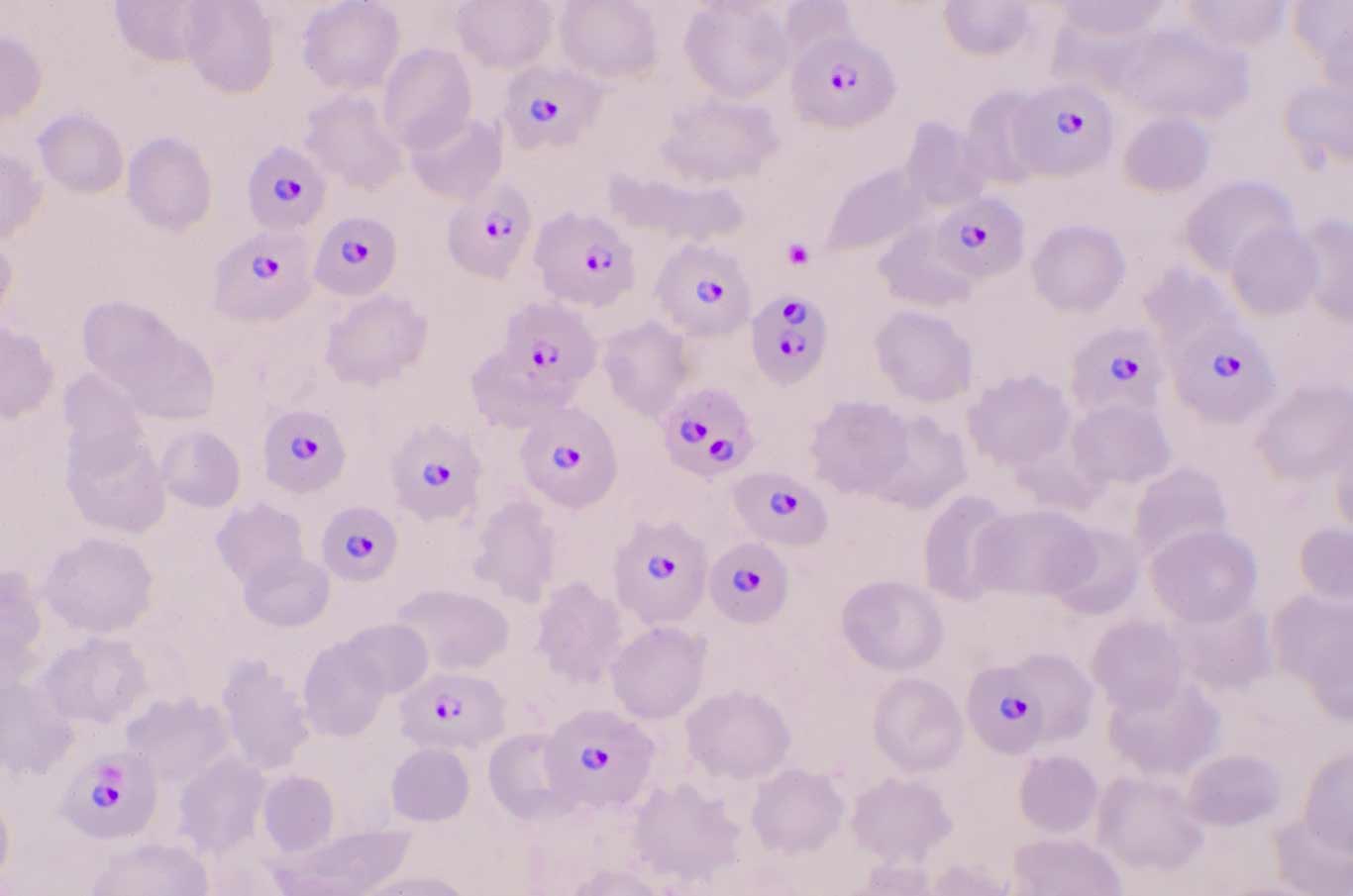In 2024, we continued our efforts to reduce the unacceptable inequalities in maternal and infant mortality.
Malaria and HIV co-infections
Around one in five people in sub-Saharan Africa are co-infected with malaria and HIV. Our team conducted an in-depth review on how malaria and HIV infections interact at the epidemiological, clinical, immunological and therapeutic level (1). This review identified knowledge gaps that must be addressed to improve prevention, care and treatment, particularly among vulnerable populations.
Maternal immunisation
We launched the EDCTP-funded PROTECT project, coordinated in partnership with Makerere University – Johns Hopkins University Joint Collaboration (MU-JHU) in Uganda. The project aims to strengthen the capacity to implement maternal immunisation against Group B Streptococcus (GBS) in Kenya, Malawi, Mozambique and Uganda. GBS vaccines, currently in development, could save thousands of lives each year by preventing mother-to-child transmission of the infection.
Human papilloma virus vaccination
In August 2024, we launched the internally funded SHARE Project, a mixed-methods evaluation of the social and operational aspects of HPV vaccination in Sierra Leone. With findings expected by June 2025, our results aim to inform future vaccination efforts, ultimately enhancing and sustaining HPV vaccine uptake in the region.
Malaria prevention in children
October 2024 marked the official start of the SMV Delivery Project, an EDCTP-funded implementation trial focused on improving the delivery of malaria vaccine booster doses in seasonal malaria transmission areas in Mali and Guinea. Our team leads the social and implementation science work packages.
Causes of perinatal death
We validated the use of ultrasound measurements of the cerebellum’s diameter to estimate gestational age – a key factor to establish causes of foetal and perinatal deaths. This simple, non-invasive method could improve diagnoses of these tragic deaths in LMICs and help to design targeted interventions to prevent them (2).
References
- Figueroa-Romero A et al. Lancet HIV
- Peñuelas N et al. AJOG















